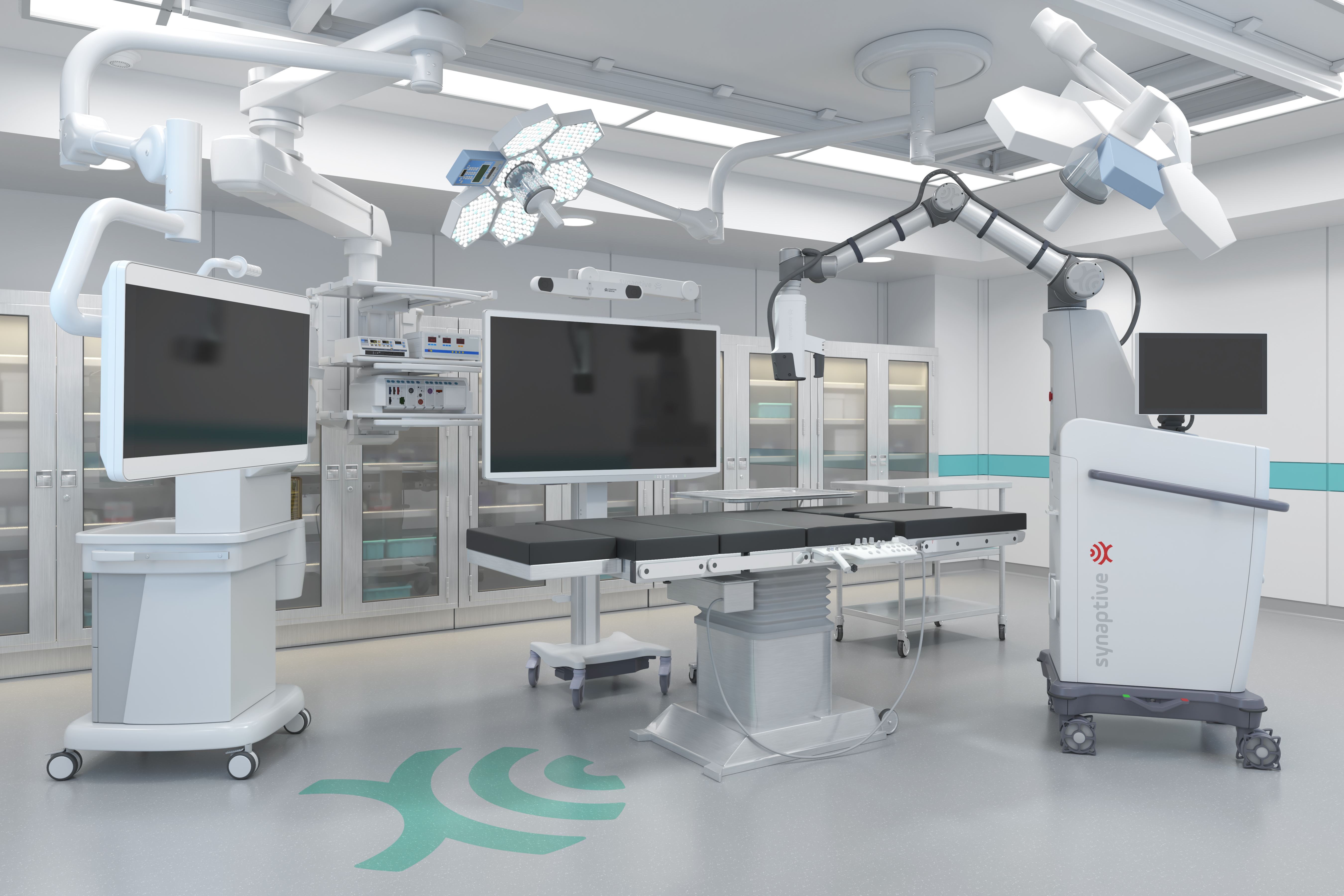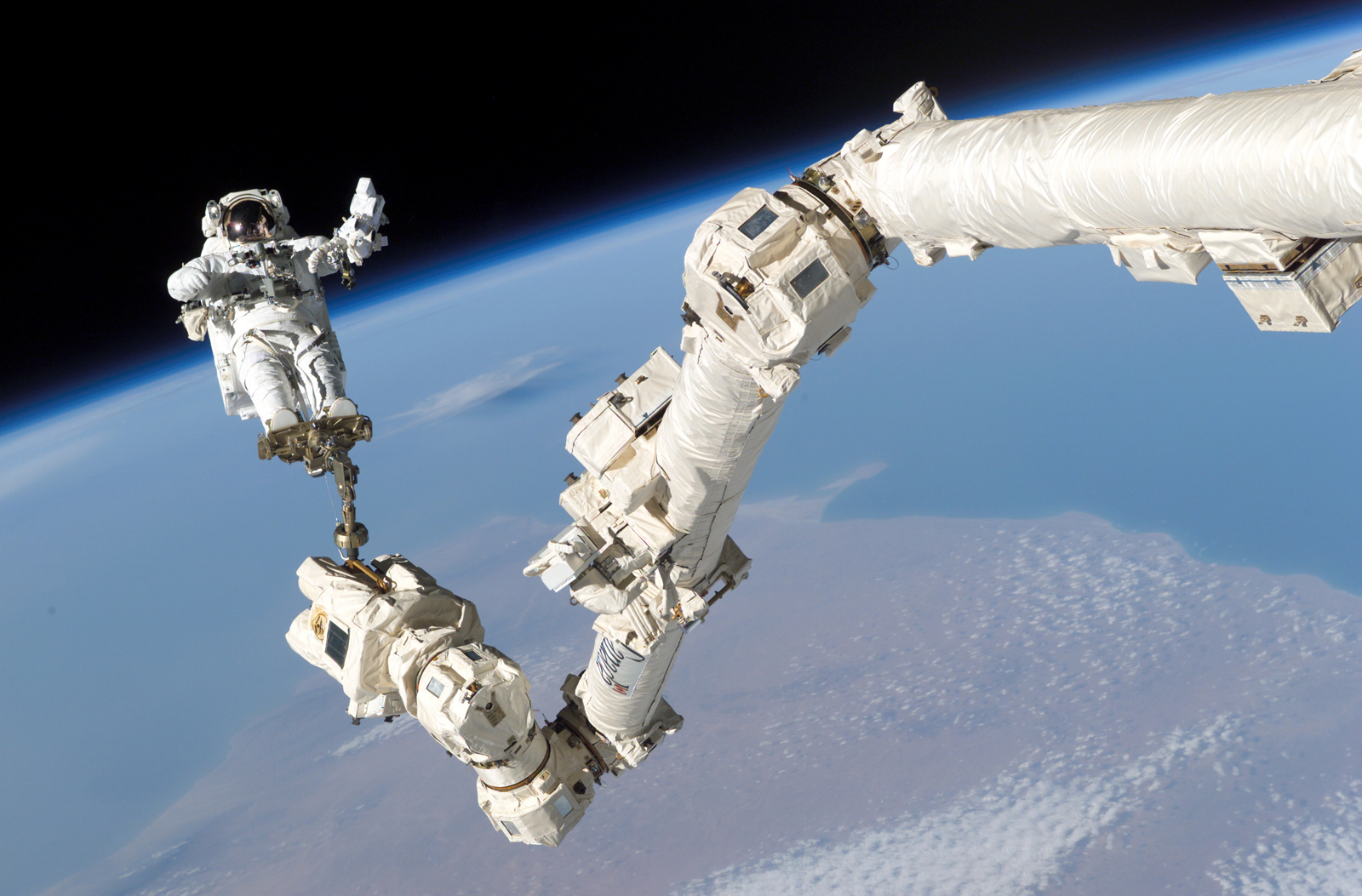How a Robot Arm in Space Inspired Tech for Surgery on Earth
Space surgery on Earth just got a bit safer thanks to a helping hand from a robotic arm on the International Space Station.
The space station's robotic arm, Canadarm2, launched in 2001 following the original Canadarm, which was created for space shuttle missions and first flew in 1981. Canadarm2's original goal was to assist in the space station's early construction, but today, the arm is also used to capture visiting cargo spacecraft, such as SpaceX's Dragon or Orbital ATK's Cygnus.
"The International Space Station was essentially designed like a Lego toy, with lots of big pieces that could be put together," said space station program manager Ken Podwalski, who is with the Canadian Space Agency, in a new NASA video.
"Some of those pieces are going to be about the size of a city bus," he said. "We needed a way of manipulating and moving these big pieces and very precisely putting them together."

It turns out that the high precision achieved in space is also very useful for surgery on Earth. In 2013, according to the Canadian Space Agency, the Toronto company Synaptive Medical was interested in developing a neurosurgery tool that would be safer and more efficient for surgeons and patients.
Synaptive and Canadarm2 contractor Maxar Technologies (which was known as MacDonald, Dettwiler and Associates at the time) together created a first-generation version of this tool, which is called BrightMatter Drive, in 2015.

The Drive tool tracks surgical instruments and images their working area using a camera. A newer version of Drive, called Modus V, was released in 2017. CSA says the technology is used in 30 hospitals across North America.
Get the Space.com Newsletter
Breaking space news, the latest updates on rocket launches, skywatching events and more!
"Knowing that MDA has done this before in space, we thought it would be very easy for them to bring that experience and that technology into the neurosurgical area and help us with our medical robotics," Josh Richmond, Synaptive's director of engineering, said in the video.
"What this arm does is it follows you and it tracks you. It speeds up efficiency," added Gavin Britz, chairman of neurosurgery at Houston Methodist Hospital, who had the chance to use the technology.
The Canadarm technology is a popular model for medical spin-offs. Other examples include neuroArm, which does surgery inside of magnetic resonance machines, and the Image-Guided Autonomous Robot that is designed to help with breast cancer surgeries.
Follow us @Spacedotcom, Facebook and Google+. Original article on Space.com.
Join our Space Forums to keep talking space on the latest missions, night sky and more! And if you have a news tip, correction or comment, let us know at: community@space.com.

Elizabeth Howell (she/her), Ph.D., was a staff writer in the spaceflight channel between 2022 and 2024 specializing in Canadian space news. She was contributing writer for Space.com for 10 years from 2012 to 2024. Elizabeth's reporting includes multiple exclusives with the White House, leading world coverage about a lost-and-found space tomato on the International Space Station, witnessing five human spaceflight launches on two continents, flying parabolic, working inside a spacesuit, and participating in a simulated Mars mission. Her latest book, "Why Am I Taller?" (ECW Press, 2022) is co-written with astronaut Dave Williams.









